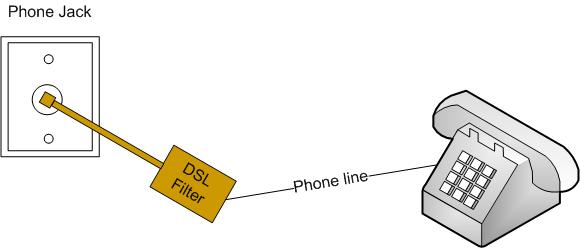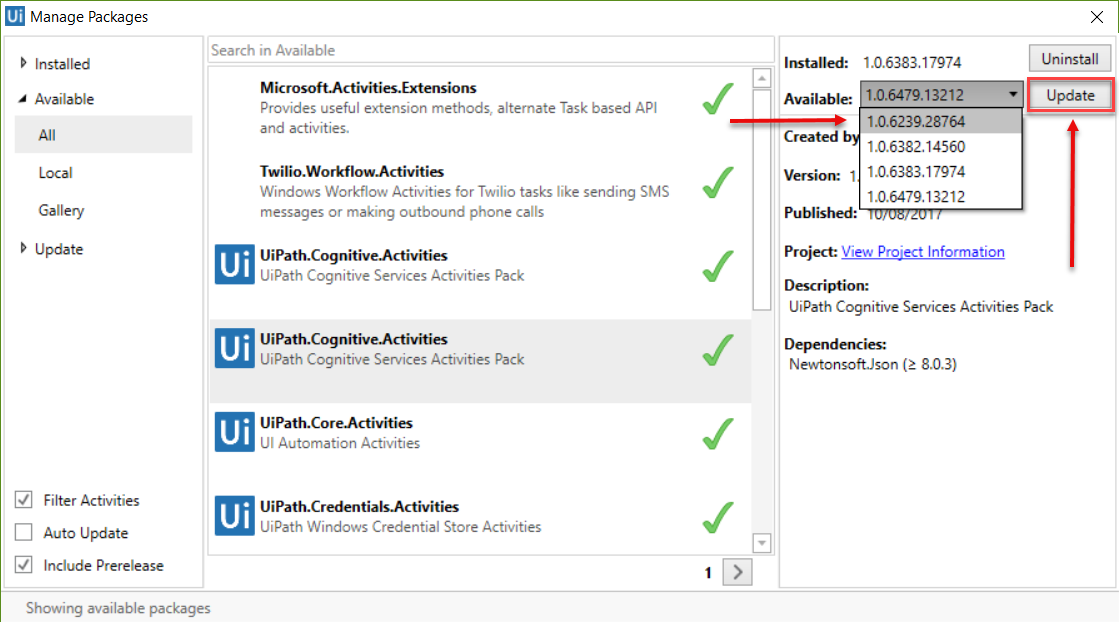How To Install Web Filter Fresh

Contents.About Web FilterWeb Filter monitors HTTP and HTTPS traffic on your network to filter and log web activities and block inappropriate content. Web Filter also appeals to customers who require an added level of protection or are subject to regulations, for example Web Filter helps libraries comply with the ). Need to block Pornography or Hate Speech on your network?
Web Filter is your answer. Real-time classification and updates: When your users visit a site, Untangle sends the URL to the to be categorized. When the data is returned, Untangle keeps a temporary local cache of the site and category to speed up the process the next time the URL is requested. This data is then used to flag or allow users access to the site they have requested, all without any appreciable increase in load time.
If a site is not categorized upon request, it is autocategorized by our partners at and put into a queue to be verified by a human. Because this is done dynamically, new sites and updated URLs are allowed or flagged according to your settings without additional intervention, plus you have the option of requesting of sites. HTTPS Filtering: Web Filter has multiple techniques to deal with HTTPS, SSL-encrypted HTTP. HTTPS traffic is encrypted so only some information is visible and this information is used to categorize the session. More information on how this is down below.

Detailed categorization: Web Monitor offers 79 categories and tens of billions of URLs. The Web Monitor database is over 100 times larger and more accurate.
The abundance of categories means that you can narrow your scope - maybe you want to flag websites related to nudity, but allow sites dealing with Sexual Education. Advanced features: Force safe-search on search engines, filter and log user searches, restrict google domains, and more!Traffic FlowWhen scanning traffic, Web Filter evaluates the pass lists, block lists, categories, and rules at two distinct points of the HTTP transaction. The first evaluation happens after the request is received from the client and before it is forwarded to the server. The second is after the response is received from the server and before it is passed back to the client. This allows a high degree of filtering and control over both resources that are requested, and content that is returned in response.HTTP RequestWhen evaluating HTTP requests, Web Filter applies the configured rules and lists in the following order:. A lookup is performed to determine the category for the requested site. The category is attached to the session for use by Web Filter as well as other applications.
The source IP of the request is checked against the Pass Clients list. If a match is found, the traffic is allowed. The destination site of the request is checked against the Pass Sites list. If a match is found, the traffic is allowed. If 'Restrict Google applications' is enabled, the appropriate header is added to the request using the 'Allowed Domains' that have been configured. If 'Pass if referer matches Pass Sites' is enabled, the referer is checked against the Pass Sites list. If a match is found, the traffic is allowed.
If the Unblock option is enabled, the destination site and the source IP of the request are checked against the unblock list. If a match is found, the traffic is allowed. If 'Block pages from IP only hosts' is enabled, the request will be evaluated and blocked if the destination is an IP address. The destination site of the request is checked against the Block Sites list.
If a match is found, the traffic is blocked. The traffic details are passed to the Rules list. If a match is found, the traffic is allowed, flagged, or blocked based on the options configured in the rule that was matched. The category determined in step #1 is compared to the Categories list, and the traffic is allowed, flagged, or blocked based on the corresponding match. If the category could not be determined, the traffic is allowed.HTTP ResponseWhen evaluating HTTP responses, Web Filter applies the configured rules and lists in the following order:. The source IP of the request is checked against the Pass Clients list.
If a match is found, the traffic is allowed. The site from which the response was received is checked against the Pass Sites list. If a match is found, the traffic is allowed. If the Unblock option is enabled, the site from which the response was received and the client IP are checked against the unblock list.
If a match is found, the traffic is allowed. The traffic details are passed to the Rules list. If a match is found, the traffic is allowed, flagged, or blocked based on the options configured in the rule that was matched.SettingsThis section reviews the different settings and configuration options available for Web Filter.StatusThis displays the current status and some statistics. In many cases you may have an existing list of search terms that you want to import. For example, you can find several banned words from Facebook, YouTube, Wordpress and other sources. The import feature enables you to import these lists from a comma separated or newline delimited file. You can also import in JSON format in case you are transferring a list from another Untangle NG Firewall.Note: must be installed and enabled to use search filtering.Site LookupSite Lookup allows you to find the categorization of a URL.
Web Filter Fresh Installations
Clicking it brings up a dialog. In Site URL specify the URL to find and click Search to find the URL's categorization.If you feel the current categorization is incorrect, check Suggest a different category, select a new category from the list, and click Suggest to submit the category change for consideration.NOTE: This is only a suggestion - it will trigger the URL categorization provider to recategorize all categories for the URL.
Pass ClientsIf you add an IP address to this list, Web Filter will not block any traffic from that IP regardless of the blocked categories or sites. Just add the IP and save.
Unchecking the pass option will have the block/pass lists affect the user as if they were not entered into the Passed Client IPs list. This list uses syntax.If you have a few users that need to completely bypass Web Filter controls, consider using pass lists. If you have users that simply need different Web Filter settings, you should set up a separate policy using. When using this feature, please remember that DHCP IPs can change, so you'll probably want to set up either a Static IP or a Static DHCP Lease for the machine in question. Rule Actions. Flag: Allows the traffic which matched the rule to flow, and flags the traffic for easier viewing in the event log. Block: Blocks the traffic which matched the rule.Rule TypesIn previous versions of Web Filter, there were dedicated lists for blocking certain file extensions or MIME types.

This capability is still available using the more flexible filter rules. For blocking specific file extensions, you can create a rule with the condition HTTP: Response File Extension that has a comma separated list of the extensions to block in the Value field. For blocking MIME types, you would create a rule with the condition HTTP: Content Type that has a comma separated list of the content types to block in the Value field.Below are tables that list the default file extensions and MIME types that were available in previous versions. ReportsWebFilterReportsThe Reports tab provides a view of all reports and events for all traffic handled by Web Filter.ReportsThis applications reports can be accessed via the Reports tab at the top or the Reports tab within the settings. All pre-defined reports will be listed along with any custom reports that have been created.Reports can be searched and further defined using the time selectors and the Conditions window at the bottom of the page.
Grub4dos Installer 1.1 Zip We can choose a payment method after the expiry date further calculate in some cases at our sole discretion. Grub4dos installer 1.1 zip.